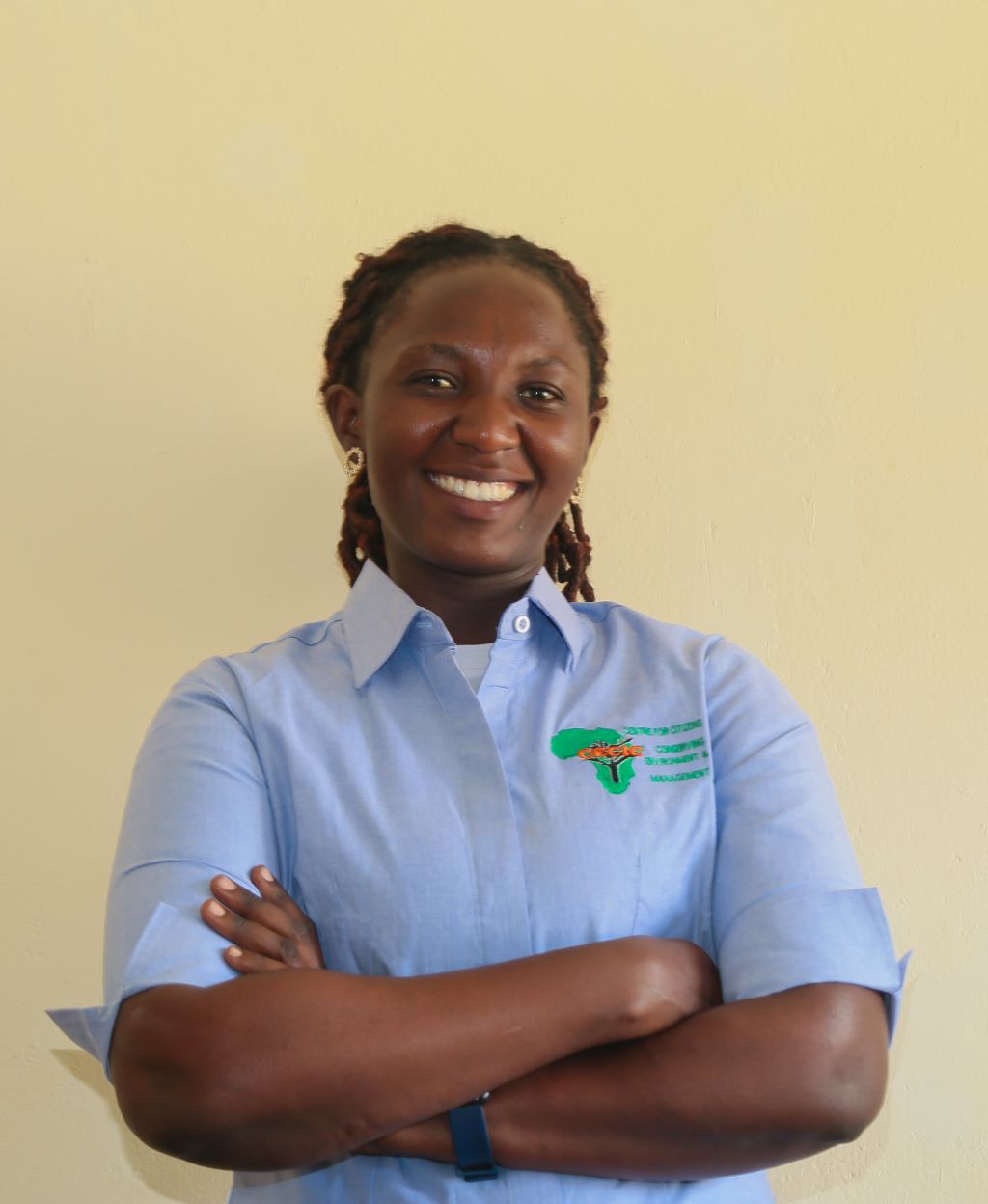
Women in Kizugu Cell, Nyamwamba Division in Kasese District have emerged as inspiring leaders in the fight against climate change by turning waste into a powerful tool for environmental protection and community empowerment. At the heart of their initiative lies the innovation of making briquettes from charcoal waste, cassava flour porridge, and clay. This seemingly simple practice has had profound implications for reducing deforestation, cutting down waste disposal challenges, and advancing climate justice in Uganda. Their story illustrates not only resilience but also the transformative potential of women-led climate action.
Kasese District, located in western Uganda, has long been defined by its natural beauty, fertile lands, and proximity to the Rwenzori Mountains. Yet the region faces immense environmental challenges that threaten both its ecosystems and communities. Deforestation, driven largely by the demand for firewood and charcoal, is one of the most pressing issues. Like many households across Uganda, most families in Kasese rely on wood-based fuels for cooking, which contributes to forest degradation and the loss of biodiversity. At the same time, waste disposal has become an ever-growing problem.
Residues from cooking, agricultural processes, and household consumption often pile up, with little sustainable use. For women, who bear the brunt of household responsibilities, these challenges manifest in daily struggles searching for firewood, managing smoke-filled kitchens, and grappling with the health risks that come with them. Against this backdrop, the women of Kizugu Cell envisioned a solution that would simultaneously address waste and energy needs while protecting forests and fighting climate injustice.
Their leadership reflects the broader potential of zero-waste solutions. The women came together, organized themselves into groups, and began conversations about how best to repurpose everyday waste. Rather than viewing waste as a burden, they reframed it as an opportunity. In doing so, they embraced the philosophy of zero waste, which prioritizes reuse, recycling, and reduction. In a society where women’s voices are often marginalized in decision-making, their ability to take charge of this initiative has challenged cultural norms, underscoring the power of women’s leadership in tackling climate issues.
At the centre of their innovation is the creation of briquettes from materials that would otherwise be discarded. Charcoal waste, a common byproduct in households and markets, was identified as a key ingredient. Cassava flour porridge, often left over from local meals, was repurposed as a binder, while clay provided strength and structure to the finished product. These women developed a systematic process: collecting waste materials, drying them, mixing them in specific ratios, and molding them into briquettes. The process has not only been technical but also collaborative, requiring training, experimentation, and refinement. By applying their knowledge, they have demonstrated that waste can be converted into an affordable, cleaner, and sustainable energy source.
The environmental benefits of this innovation are far-reaching. Each briquette produced represents a reduction in demand for traditional charcoal and firewood. Given that deforestation remains a key driver of climate change in Uganda, these briquettes provide a viable alternative that helps conserve forests and mitigate greenhouse gas emissions. The briquettes burn more cleanly than wood, producing less smoke, which improves air quality inside homes and reduces the risks of respiratory illnesses. Beyond that, this practice contributes to better waste management by diverting organic and charcoal residues from disposal sites. Instead of polluting the environment, these materials are transformed into valuable products, closing the loop in a circular economy model.
The social and economic benefits have been equally transformative. For many of these women, briquette-making has created new opportunities for income generation. Selling briquettes to households, schools, and small businesses has provided them with a steady source of revenue, reducing financial dependency and increasing household stability. Beyond money, the initiative has become a source of empowerment. Women have gained technical skills, strengthened their collective identity, and established themselves as community leaders. The burdens of daily life have also been eased. By reducing the reliance on firewood, women and girls spend less time walking long distances to collect fuel, freeing them for education, farming, and entrepreneurship. In this way, the briquette project is not just about energy it is about reshaping the social fabric of the community and enabling women to live safer, healthier, and more empowered lives.
Of course, their journey has not been without challenges. Perfecting the briquette formula has required patience, with issues such as drying time, material ratios, and product durability needing attention. Markets have also been a hurdle. Traditional charcoal is deeply ingrained in Ugandan households and often sold cheaply, making it difficult to convince buyers to switch. Scaling up production requires consistent training, access to tools like mixers and presses, and financial support. Yet the determination of these women has ensured that these challenges are seen not as setbacks but as opportunities for innovation and growth.
The experiences of the women in Kizugu Cell resonate with similar initiatives across Uganda. In Bwindi, women’s groups have also embraced briquette-making as a pathway away from firewood, gaining income and conserving forests. In Mukono and Buikwe, the use of solar dryers has improved briquette quality, while in Kampala, community groups have blended clay, molasses, and crop residues to make marketable briquettes. In Kasese itself, organizations have worked with women to turn maize and cassava byproducts into clean fuels, supporting households while reducing forest destruction. These initiatives collectively underscore a growing movement of women-led climate solutions across Uganda, united by the conviction that small-scale innovations can yield large-scale transformations.
The vision for the future is expansive. With access to greater resources, the women in Kizugu Cell could formalize their enterprise, scale up production, and reach wider markets. Partnerships with NGOs, local government, and private businesses could provide the necessary funding and technical expertise to improve efficiency. Schools, restaurants, and institutions could be encouraged to adopt briquettes as a primary energy source, thereby creating consistent demand. On a larger scale, climate financing mechanisms and microloans could empower these women to expand their operations, while national energy policies could formally recognize briquettes as a sustainable alternative to charcoal. By building on their current achievements, this initiative could serve as a model not only for other communities in Uganda but also across East Africa.
The story of these women is ultimately one of resilience, vision, and transformation. In Kizugu Cell, what began as an effort to deal with waste has grown into a movement for environmental sustainability and climate justice. By producing briquettes from discarded charcoal, cassava porridge, and clay, they are reducing deforestation, improving air quality, creating jobs, and building stronger, healthier communities. Their leadership challenges traditional gender roles and redefines women as central actors in climate action. Most importantly, their work demonstrates that solutions to the global climate crisis can emerge from local creativity and grassroots determination. In a world increasingly threatened by climate change, the example of these women in Kasese District offers a powerful lesson: that the fight for climate justice begins at home, and that women, when empowered, can lead the way toward a cleaner and more sustainable future for all.
The writer, Hellen Masika is a Community Mobilizer at Centre for Citizens Conserving Environment & Management (CECIC)







